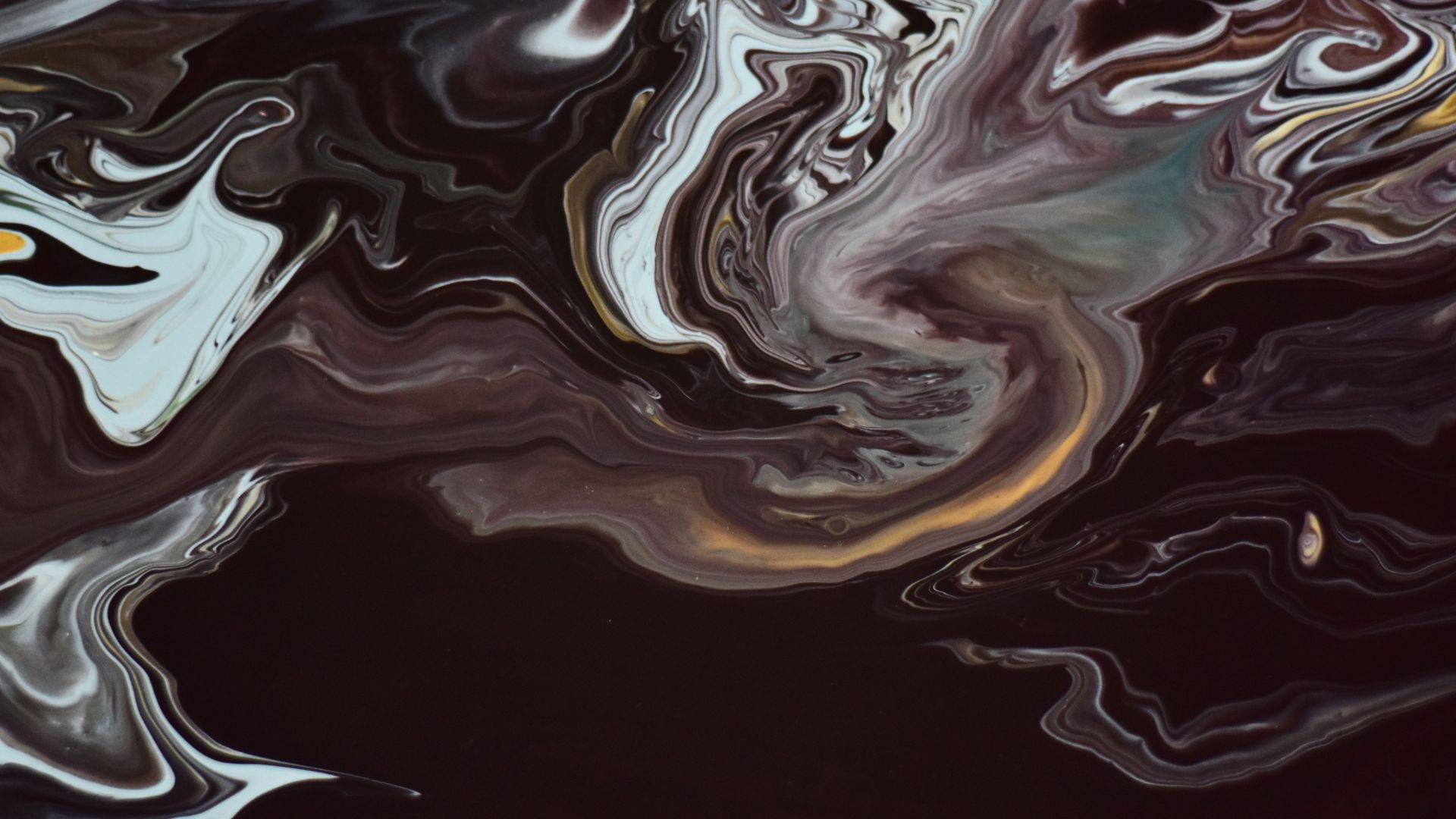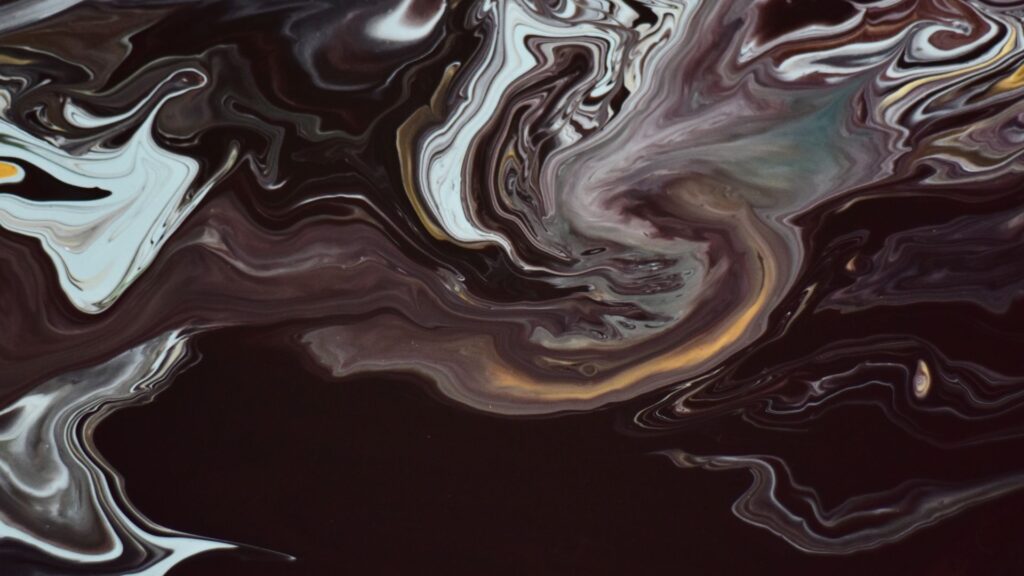
How to use acrylic pouring for abstract art
Acrylic pouring has exploded in popularity over the past few years, particularly in the world of abstract art. This technique is known for its fluid, spontaneous nature, which allows artists to create stunning, one-of-a-kind pieces with little to no direct brushwork. By using acrylic paints and a variety of pouring mediums, artists can create beautiful, flowing designs with vibrant colours and interesting textures. Whether you’re a seasoned artist or a complete beginner, acrylic pouring is an exciting and accessible way to dive into the world of abstract art.
In this guide, we’ll cover everything you need to know about acrylic pouring, from the materials you’ll need to the various pouring techniques that can help you achieve incredible result:
- Abstract flowing designs with acrylic pouring
- Materials needed for acrylic pouring
- Techniques for acrylic pouring
- Tips for successful pouring
- Minimal effort, maximal effect: Acrylic pouring

Abstract flowing designs with acrylic pouring
Acrylic pouring is a technique in which acrylic paint is thinned with a pouring medium and then poured onto a surface to create abstract, flowing designs. What makes acrylic pouring so unique and appealing is the unpredictability of the results. Unlike traditional painting methods, where you have complete control over every stroke and detail, acrylic pouring allows the paint to flow and settle in its own way, creating beautiful and organic patterns. This freedom of expression is why it’s become so popular in abstract art, where the focus is on colour, texture, and emotion rather than detailed representation.
The beauty of acrylic pouring lies in its simplicity and the ease with which anyone can create striking pieces of art. Whether you’re looking to create a large canvas painting, a decorative tray, or a set of coasters, acrylic pouring offers endless possibilities for creativity. In this article, we’ll guide you through the materials you’ll need, the various pouring techniques, and some tips for achieving the best results.
Materials needed for acrylic pouring
Before diving into the pouring process, it’s important to gather all the necessary materials. Here’s a list of what you’ll need:
Acrylic paints
The foundation of any pouring project is the acrylic paint itself. You’ll want to choose high-quality acrylic paints that have a smooth consistency and vibrant colours. You can use any brand of acrylic paint, but ensure that it’s suitable for pouring (some paints are thicker than others, which may require additional thinning).
Pouring mediums
Acrylic pouring requires a pouring medium to thin the paint and make it more fluid. Pouring mediums also help the paint to retain its sheen and improve its flow. Some popular pouring mediums include Floetrol, Liquitex Pouring Medium, and Golden’s GAC 800. These mediums are designed to prevent the paint from drying too quickly and help the colours blend smoothly.
Silicone oil
If you want to create interesting textures like cells (small, round shapes that appear in the paint), you’ll need silicone oil. This oil reacts with the paint, creating beautiful cells as the paint dries. A few drops of silicone oil mixed into your paint can produce stunning, organic patterns.
Surface to pour on
Acrylic pouring can be done on various surfaces, including canvas, wood, MDF, or even glass. Canvas is the most popular surface for larger works, but smaller projects can be done on wooden boards or even coasters. Be sure to choose a surface that can handle the paint’s weight and will allow for a smooth, even pour.
Cups, stirrers, and spoons
You’ll need separate cups to mix each colour of paint and the pouring medium. Stirrers or spoons are necessary for mixing the paint and pouring medium together, ensuring the consistency is right.
Plastic sheet or drop cloth
Pouring paint can get messy, so it’s important to have a plastic sheet or drop cloth to protect your work area. You’ll also want to have some disposable gloves on hand to keep the paint off your hands.

Techniques for acrylic pouring
There are several different pouring techniques you can experiment with to create unique and beautiful abstract art. Here are some of the most popular methods:
Dirty pour
In a dirty pour, you mix all your colours in one cup without stirring them together. When you pour the paint onto the canvas, the colours naturally blend and swirl together, creating beautiful abstract designs. This technique is perfect for creating vibrant, marbled effects. You can control the direction of the pour and decide how much paint to apply.
Flip cup
The flip cup technique involves filling a cup with different layers of paint and then flipping the cup onto the canvas. Once the cup is flipped, the paint spills out onto the canvas, creating a dramatic and unpredictable design. You can tilt the canvas to control the direction of the paint and create unique patterns. This method often results in striking cells and vibrant colour contrasts.
Swipe method
The swipe technique involves pouring different colours of paint onto the canvas and then swiping a tool (like a plastic sheet, palette knife, or even a paper towel) across the paint to create a blended effect. This technique can be used to create soft, blended transitions or bold lines, depending on how you swipe the paint.
Tips for successful pouring
Controlling consistency
The consistency of your paint mixture is crucial. If the paint is too thick, it won’t flow properly, and if it’s too thin, it may not cover the canvas adequately. Aim for a consistency similar to heavy cream—thick enough to hold its shape but fluid enough to pour smoothly. You can adjust the thickness by adding more pouring medium or a small amount of water.
Creating cells
To create cells, add a few drops of silicone oil to your paint mixture before pouring it onto the canvas. After pouring, tilt the canvas to help the paint spread out. As the paint settles and dries, the silicone oil will react with the paint, causing it to separate and form beautiful, circular patterns. Be mindful not to overuse silicone, as too much can result in overly large cells.
Ensure smooth flow
For the best results, ensure that the paint flows smoothly across the surface. Tilt your canvas gently in all directions to encourage the paint to spread evenly. Don’t rush the process—let the paint settle naturally and allow time for the effects to develop as the paint moves across the canvas.
Minimal effort, maximal effect: Acrylic pouring
Acrylic pouring is an exciting and accessible technique that allows artists to create stunning, abstract artwork with minimal effort. By experimenting with different pouring techniques and controlling the consistency of your paints, you can produce beautiful pieces that are full of texture, depth, and fluidity.
Let’s recap today’s article:
- Acrylic pouring is a fluid, spontaneous technique that creates beautiful abstract art by pouring thinned acrylic paint onto a surface, resulting in vibrant colours and organic patterns.
- Essential materials include acrylic paints, pouring mediums (like Floetrol), silicone oil for creating cells, and a suitable surface such as canvas or wood.
- Popular techniques include the dirty pour (mixing all colours in one cup for a marbled effect), flip cup (flipping a cup of layered paint onto the canvas), and the swipe method (using a tool to spread and blend the paint).
- Focus on controlling the paint’s consistency, adding silicone oil to create cells, and tilting the canvas to ensure smooth, even flow across the surface.
- Acrylic pouring offers endless creative possibilities. Experimenting with different techniques and materials will allow you to create unique abstract pieces and discover new effects.
Remember, acrylic pouring is all about embracing the unpredictability of the process and letting the paint flow naturally. So don’t be afraid to experiment, and let your creativity guide the results. Happy pouring!